For centuries, cast iron skillets have remained a cornerstone of kitchen cookware, admired for their durability, versatility, and timeless performance. Whether you’re searing steaks on high heat, baking cornbread in the oven, or frying eggs over a campfire, these heavy-duty pans offer unmatched results.
But not all cast iron skillets are created equal. With new brands, designs, and innovations emerging every year, choosing the best cast iron skillet in 2025 requires an informed eye. This guide aims to break down everything you need to know—from top recommendations and reviews to cleaning tips and buying advice—so you can confidently invest in the perfect skillet for your kitchen.
Why Choose Cast Iron?
Cast iron is not just a nostalgic throwback to Grandma’s kitchen—it’s a modern cooking powerhouse. Here’s why so many chefs, home cooks, and outdoor adventurers swear by it:
1. Exceptional Durability
Cast iron skillets are nearly indestructible. With proper care, they can last decades—or even generations. Unlike non-stick pans that degrade over time, a well-maintained cast iron pan only gets better with age.
2. Superior Heat Retention
One of the standout features of cast iron is its ability to retain and evenly distribute heat, making it ideal for high-temperature cooking like searing, roasting, and frying.
3. Unmatched Versatility
You can use cast iron:
- On gas, electric, induction stovetops
- Inside ovens (even under a broiler)
- Over open flames and campfires
It’s truly a one-pan solution for countless cooking methods.
4. Health Benefits
Cooking with cast iron can naturally increase your iron intake, especially when preparing acidic foods like tomatoes. Plus, it avoids the synthetic chemicals found in Teflon or other non-stick coatings.
Types of Cast Iron Skillets
1. Traditional vs Enameled
- Traditional cast iron must be seasoned and offers a pure, uncoated cooking surface.
- Enameled cast iron is coated with porcelain, eliminating the need for seasoning and preventing rust—but at a higher cost.
2. Pre-seasoned vs Unseasoned
- Pre-seasoned skillets come ready to use with a factory-applied layer of oil.
- Unseasoned pans give you full control over the initial seasoning process, though it takes more time upfront.
Key Features to Look for
When choosing your perfect skillet, consider:
| Feature | Why It Matters |
|---|---|
| Size | Common sizes range from 8 to 12 inches. Larger pans suit families. |
| Weight | Heavier pans retain heat better but are harder to handle. |
| Handles | Look for helper handles for safer lifting. |
| Pour Spouts | Help drain grease or sauce neatly. |
| Lid Compatibility | Great for braising and slow cooking. |
Best Cast Iron Skillets in 2025 (Top Picks)
Here’s a quick comparison of our top picks:
| Model | Best For | Size | Weight | Price |
|---|---|---|---|---|
| Lodge 10.25″ | Overall | 10.25″ | 5.4 lbs | $30 |
| Smithey No. 12 | Premium performance | 12″ | 7.5 lbs | $220 |
| Utopia Kitchen 12.5″ | Budget | 12.5″ | 8 lbs | $25 |
| Le Creuset Enameled | Enameled option | 10.25″ | 6.5 lbs | $180 |
| Field Company No. 8 | Lightweight | 10.25″ | 4.3 lbs | $145 |
Best Overall Cast Iron Skillet: Lodge 10.25″
A favorite among home cooks and professionals, the Lodge 10.25-inch skillet offers unbeatable value. Pre-seasoned, USA-made, and built to last, it’s ideal for both beginners and seasoned users.
Best Budget Pick: Utopia Kitchen 12.5″
At under $30, this large skillet punches above its weight in performance. Though slightly heavier, it’s perfect for large meals and family use.
Best Lightweight: Field Company No. 8
Modern cast iron meets sleek engineering. This lightweight skillet delivers high performance without the bulk, making it ideal for everyday use.
Best Enameled Skillet: Le Creuset Signature
A stunning, durable skillet that transitions beautifully from stove to table. With superior heat distribution and an enamel coating, it’s both functional and elegant.
Best for Camping: Lodge Combo Cooker
This two-piece set functions as both a deep skillet and Dutch oven. Durable, portable, and perfect for campfire meals.
Cast Iron Skillet Brands Comparison
Understanding which brands lead the market can help you make a better decision. Here’s a breakdown of the most reputable names in cast iron cookware:
Lodge
Founded: 1896 | Country: USA
Lodge is perhaps the most recognizable name in cast iron. Known for affordability and durability, their products are widely available and trusted by generations.
Pros:
- Pre-seasoned and ready to use
- Great value for money
- Made in the USA
Cons:
- Slightly rougher surface than premium models
Smithey Ironware
Founded: 2015 | Country: USA
Smithey skillets are hand-polished for a smooth surface and have a refined aesthetic. They target cooks who want performance with elegance.
Pros:
- Lightweight and smooth finish
- Lifetime warranty
- Premium design
Cons:
- Higher price point
Field Company
Founded: 2016 | Country: USA
This brand focuses on lightweight cast iron with minimalist, vintage-inspired design.
Pros:
- Easier to handle than traditional models
- Excellent craftsmanship
- Made in small batches
Cons:
- Expensive for beginners
Le Creuset
Founded: 1925 | Country: France
A leader in enameled cookware, Le Creuset combines beauty and function. Their cast iron skillets are ideal for those who want low-maintenance, colorful cookware.
Pros:
- No seasoning required
- Stylish design
- Resistant to rust
Cons:
- Pricey
- Not ideal for open fire or high-heat searing
Staub
Founded: 1974 | Country: France
Staub is another high-end brand offering enameled cast iron. Their skillets are slightly heavier and excellent at heat retention.
Pros:
- Durable enamel coating
- Great for slow cooking
- Made in France
Cons:
- High cost
- Limited non-stick performance compared to seasoned pans
How to Season a Cast Iron Skillet Properly
Proper seasoning forms the basis of your skillet’s non-stick performance and corrosion resistance. Here’s a step-by-step guide to help you do it right.
1. Clean the Pan Thoroughly
Start by scrubbing the skillet with hot water and a small amount of mild dish soap. Dry it completely.
2. Apply a Thin Layer of Oil
Use high smoke-point oils like:
- Flaxseed oil
- Canola oil
- Grapeseed oil
Rub a very thin layer all over the skillet (including the handle and outside).
3. Bake the Skillet
Place the skillet upside-down in an oven preheated to 450°F (230°C). Put a baking sheet or foil underneath to catch drips. Bake for 1 hour, then let it cool inside the oven.
4. Repeat (Optional)
For better results, repeat the process 2–3 times to build a stronger seasoning base.
Cooking Tips & Techniques
Cooking with cast iron requires a few best practices to get the most out of your pan:
Dos
- Preheat the skillet gradually before cooking.
- Use a small amount of oil to prevent sticking.
- Allow food to naturally release—don’t force-flip it early.
Don’ts
- Avoid cooking acidic foods (like tomatoes) until the pan is well-seasoned.
- Don’t overheat an empty pan.
- Never put a hot skillet into cold water.
Top Dishes to Try
- Pan-seared ribeye steak
- Cornbread
- Fried chicken
- Frittata
- Skillet pizza
Cleaning and Maintenance
Contrary to popular belief, cleaning cast iron isn’t hard—it just requires the right technique.
Cleaning Process:
- Wipe out food particles while the skillet is still warm.
- Rinse with warm water and use a non-metal brush or sponge.
- Avoid dish soap unless absolutely necessary.
- Dry thoroughly to prevent rust.
- Rub with a light coat of oil before storing.
Never put your cast iron skillet in the dishwasher or let it soak in water.
Common Mistakes to Avoid
Even seasoned users can make errors. Here are some common cast iron pitfalls:
| Mistake | Consequence |
|---|---|
| Using soap excessively | Strips away seasoning |
| Letting it air dry | Leads to rust |
| Storing it wet or stacked | Traps moisture, encourages corrosion |
| Cooking acidic food too early | Damages seasoning |
| Using metal utensils harshly | Scratches seasoned surface |
Cast Iron Accessories You Might Need
To get the most from your skillet, consider these useful add-ons:
- Silicone Handle Covers: Protect hands from heat.
- Chainmail Scrubbers: Great for cleaning without stripping seasoning.
- Skillet Lids: Essential for braising or steaming.
- Trivets and Pan Racks: For safe tabletop and oven use.
FAQ: Everything You Need to Know About Cast Iron Skillets
1. Can I use soap on my cast iron skillet?
Yes, but only occasionally and in small amounts. It won’t ruin the pan, but excessive use can strip seasoning.
2. Why is food sticking to my skillet?
It likely needs more seasoning. Try reseasoning it and preheating the pan before cooking.
3. Can I cook acidic foods in cast iron?
Yes, but only after your skillet is very well-seasoned. Otherwise, acidity can break down the seasoning layer.
4. Is cast iron safe for induction cooktops?
Absolutely. Cast iron works well with induction as it has a magnetic base.
5. Can I put my cast iron skillet in the oven?
Yes! It’s oven-safe at high temperatures, making it perfect for baking and roasting.
6. How often should I season my skillet?
If used frequently, a light oiling after each use is enough. Deep seasoning is recommended every few months or when needed.
Conclusion
Choosing the best cast iron skillet depends on your cooking needs, budget, and experience level. Whether you’re starting with a budget-friendly Lodge, investing in a beautiful Le Creuset, or going artisanal with Smithey or Field Company, cast iron remains a timeless kitchen essential.
By following the tips in this guide—understanding your options, caring for your skillet properly, and choosing the right model—you’ll enjoy decades of delicious meals from a pan that only gets better with time.
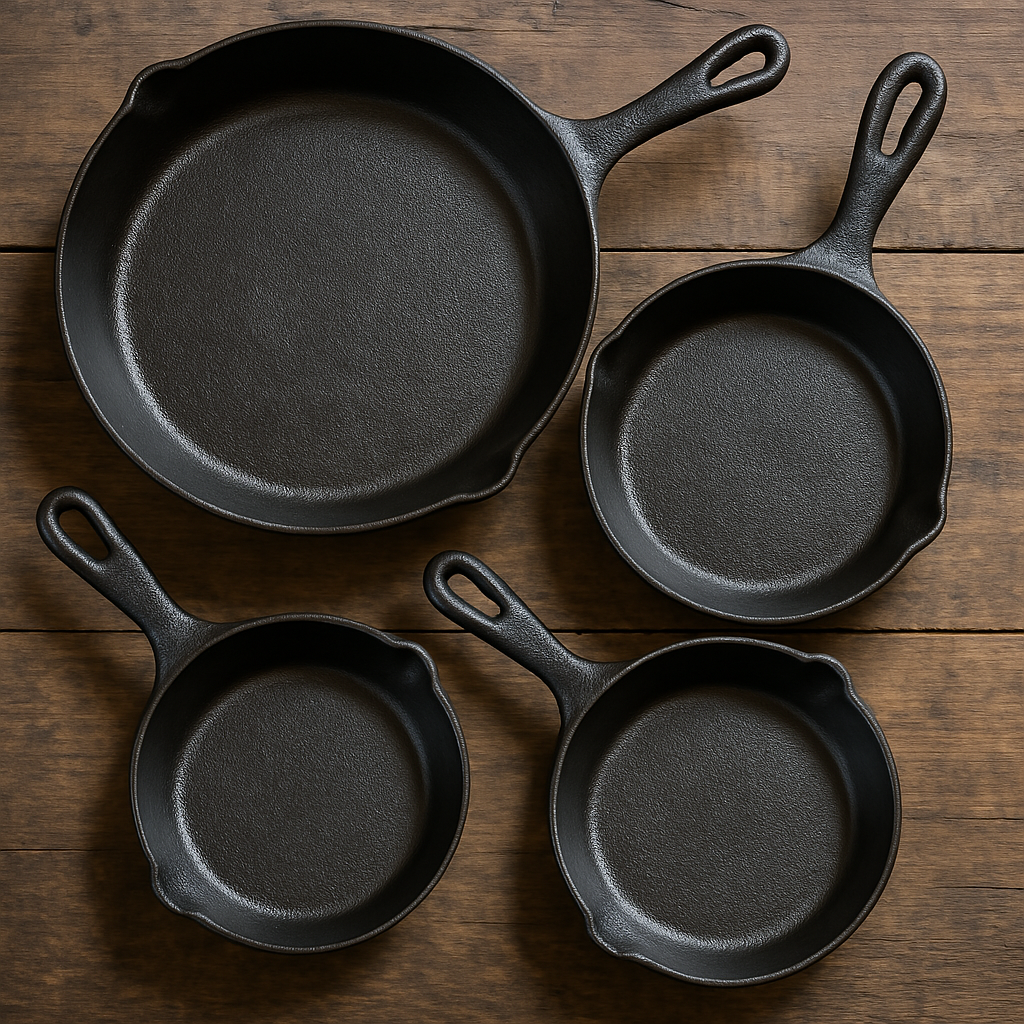

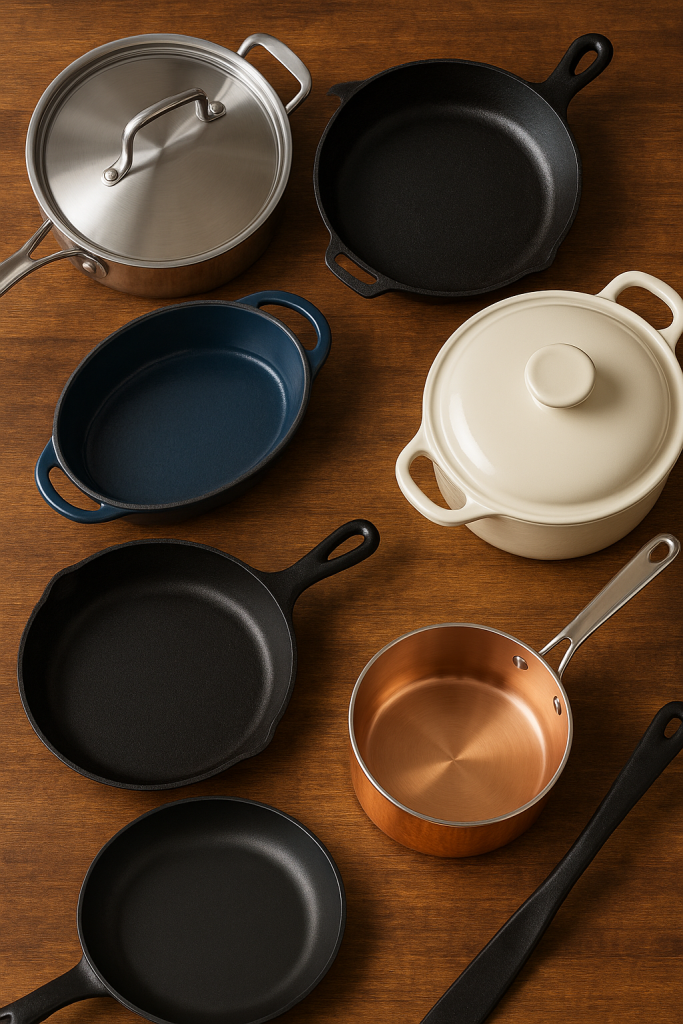
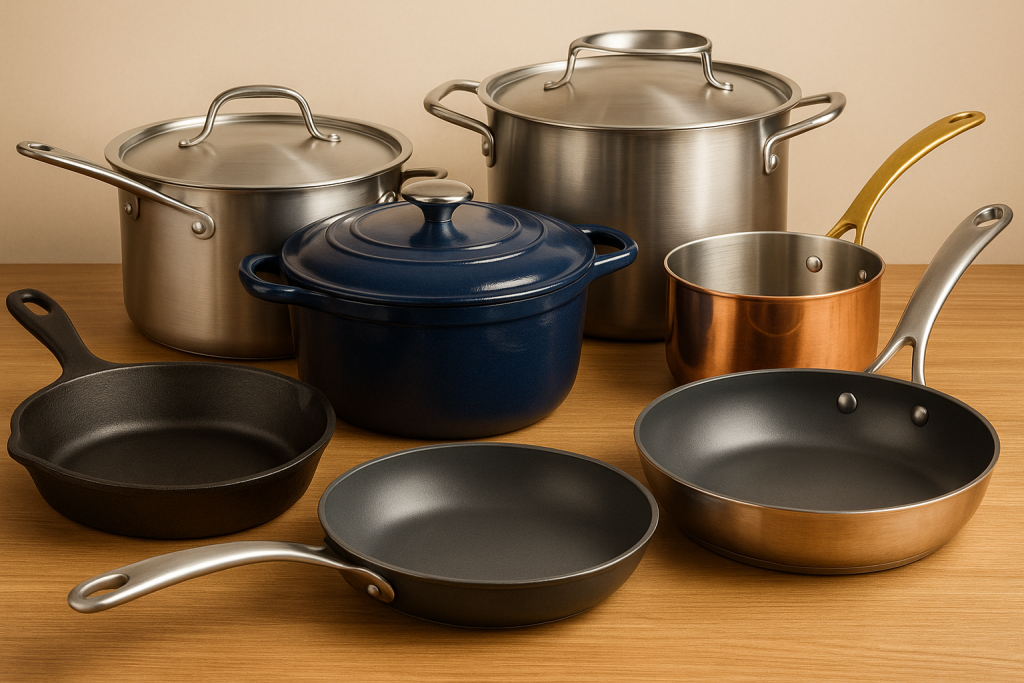
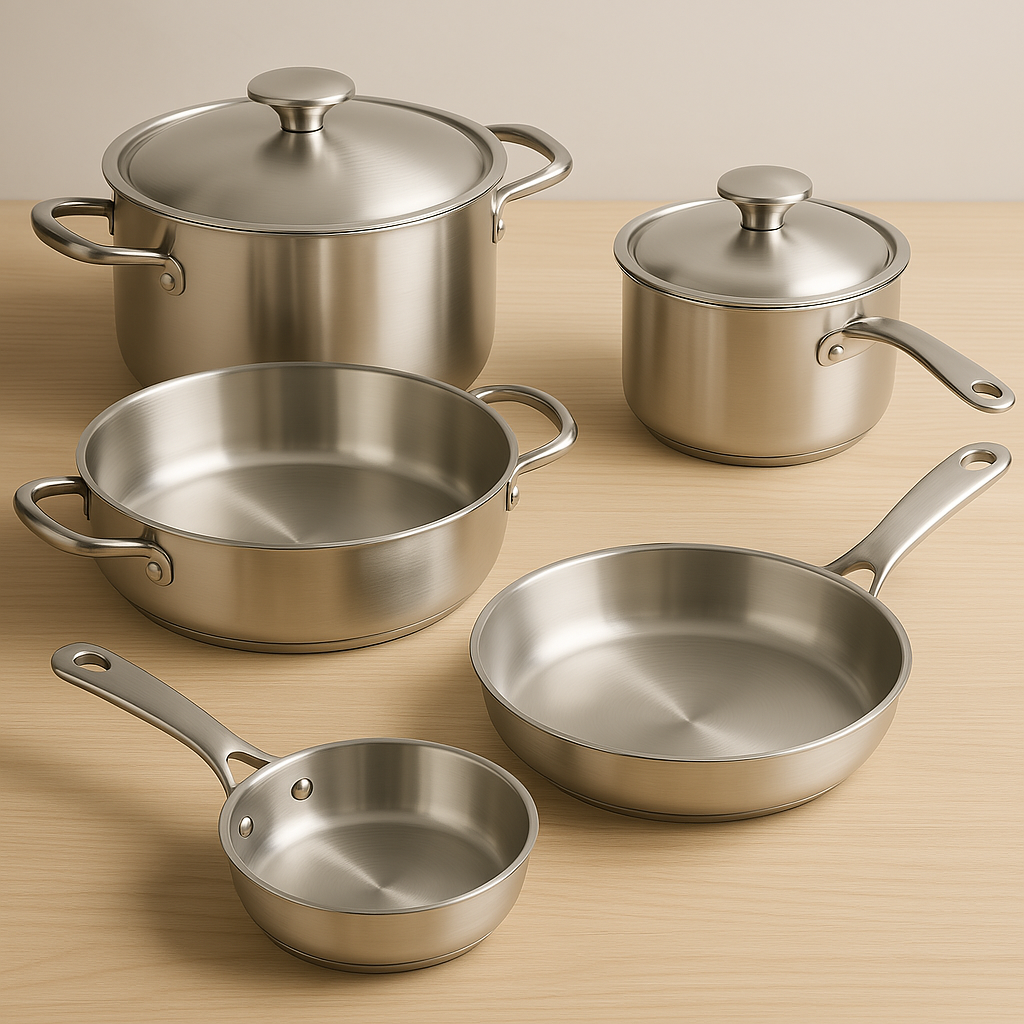
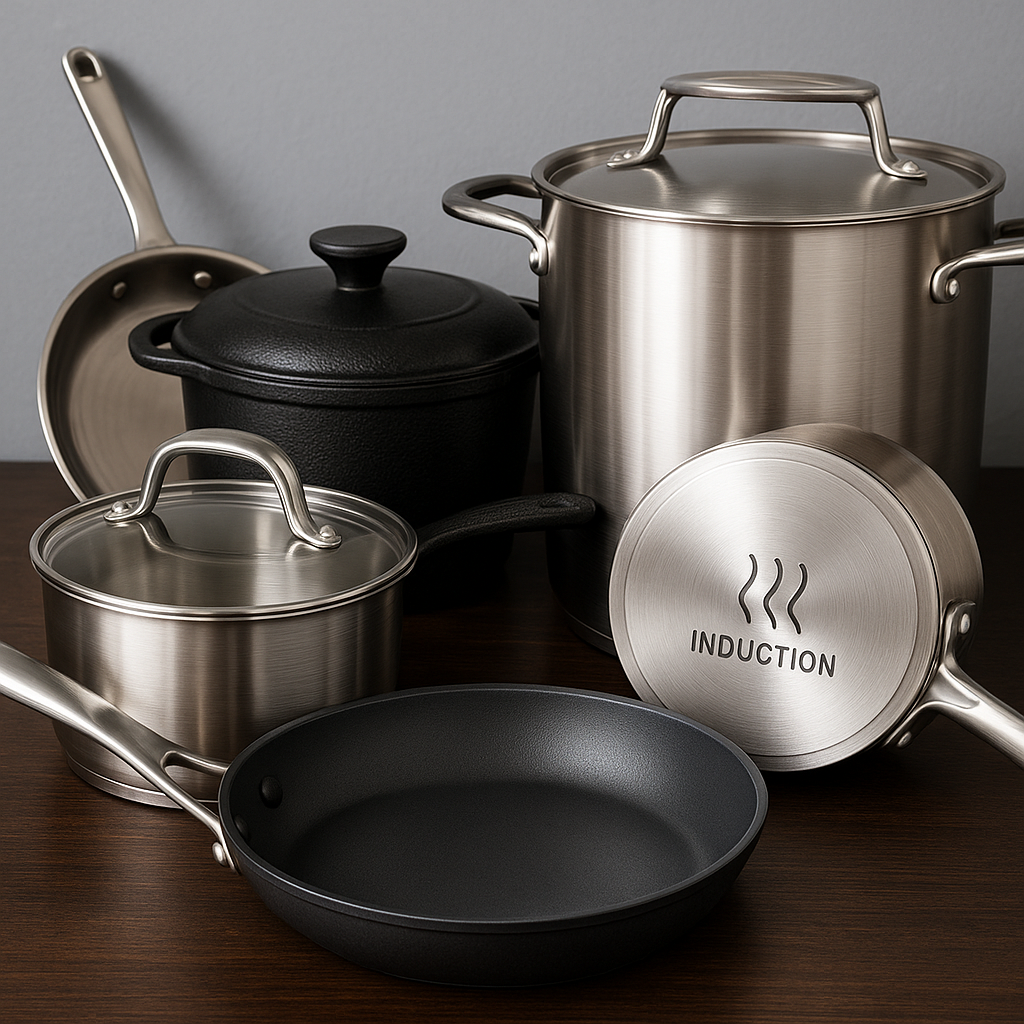
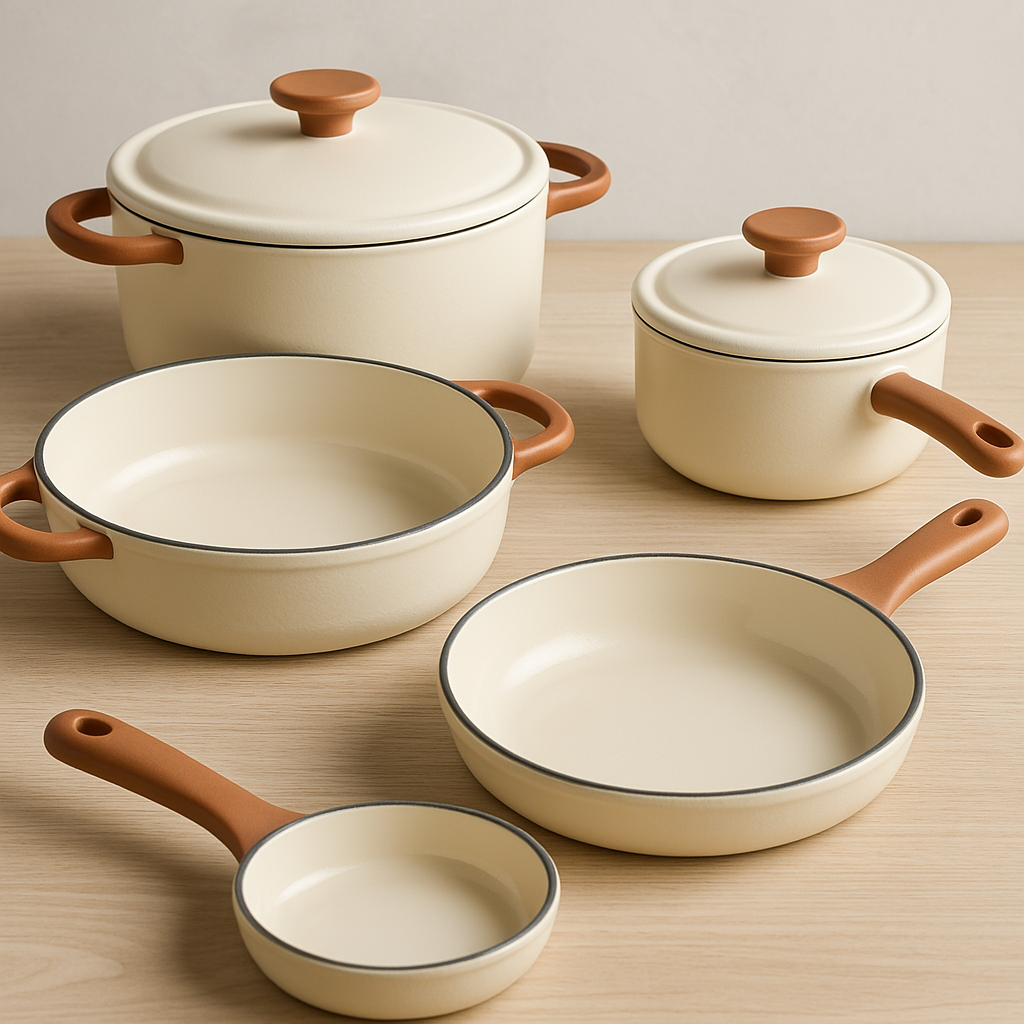
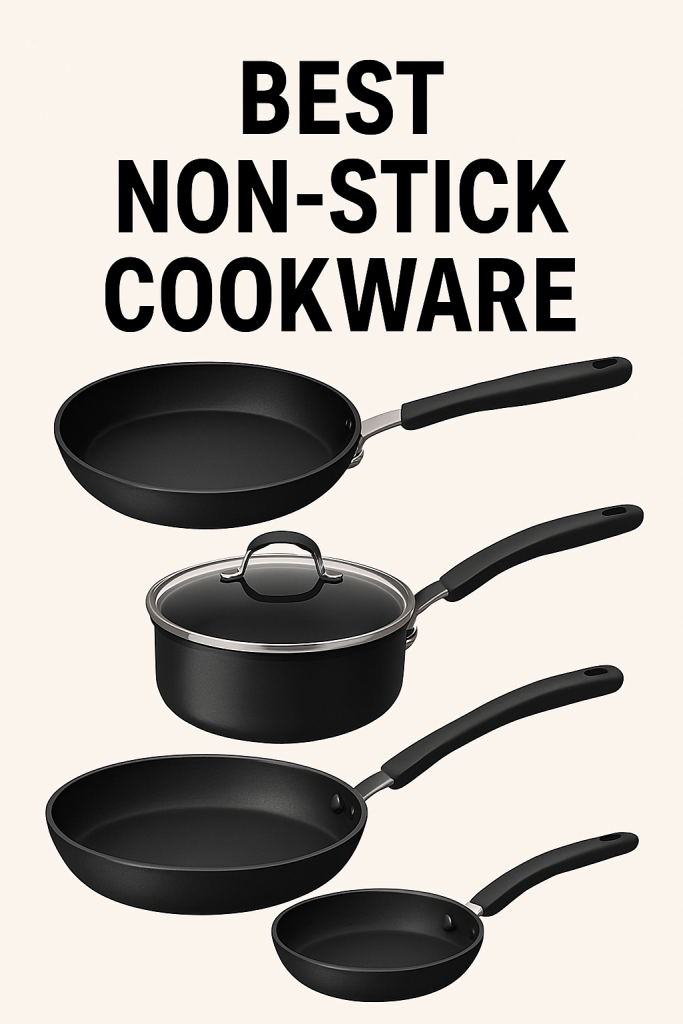
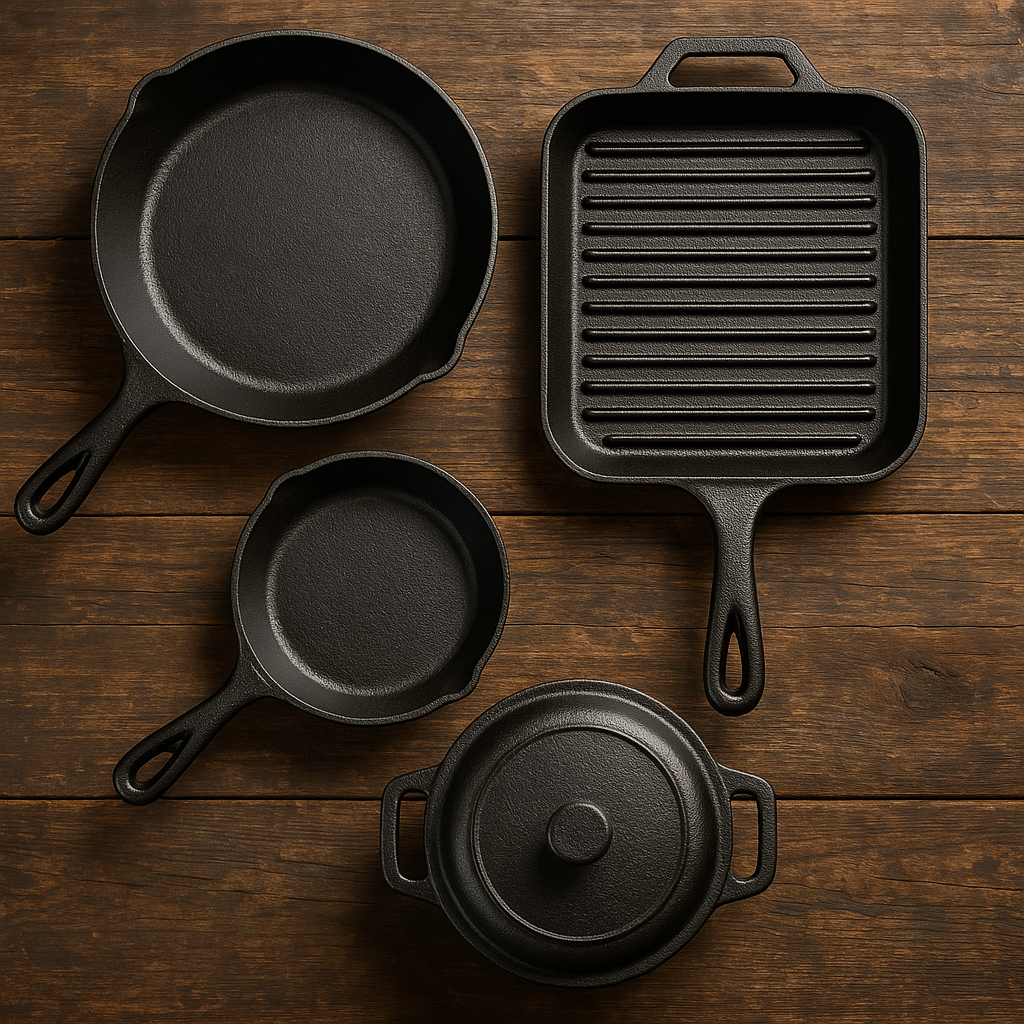
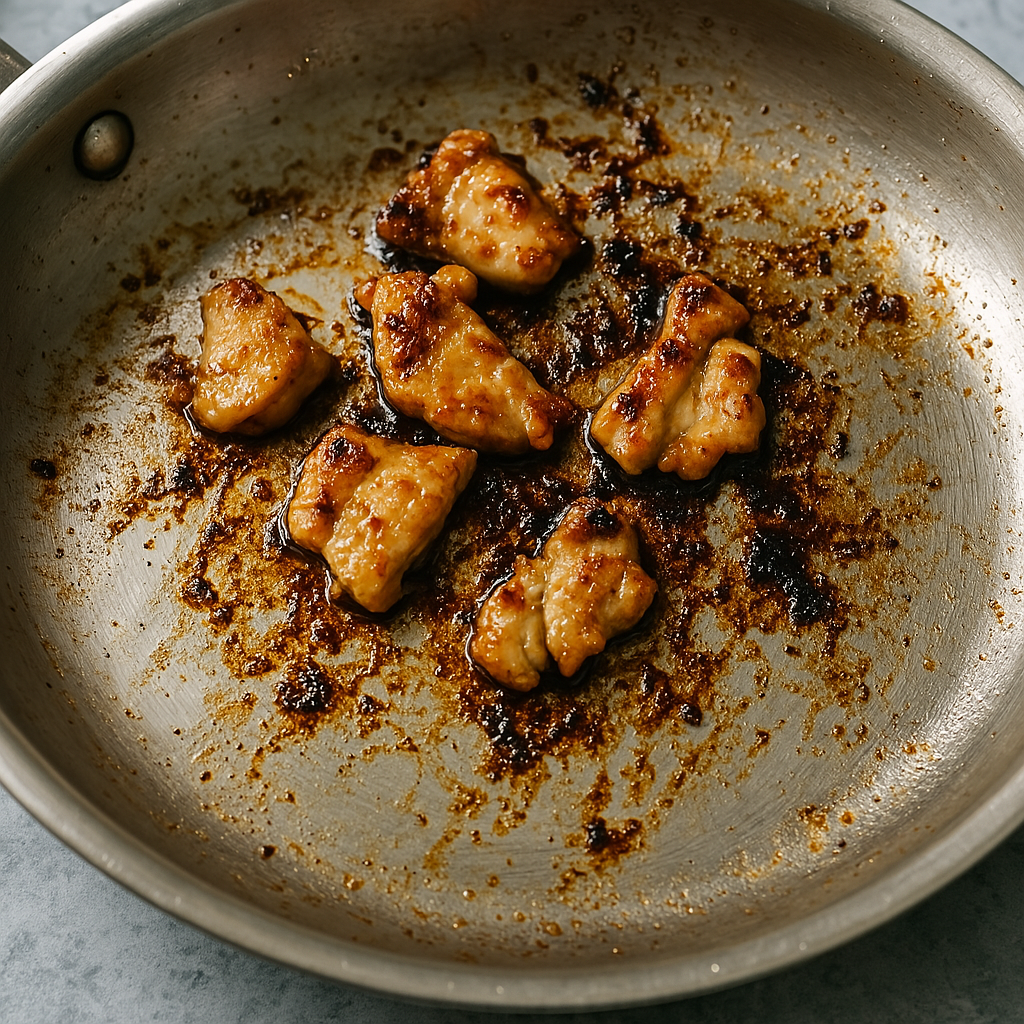
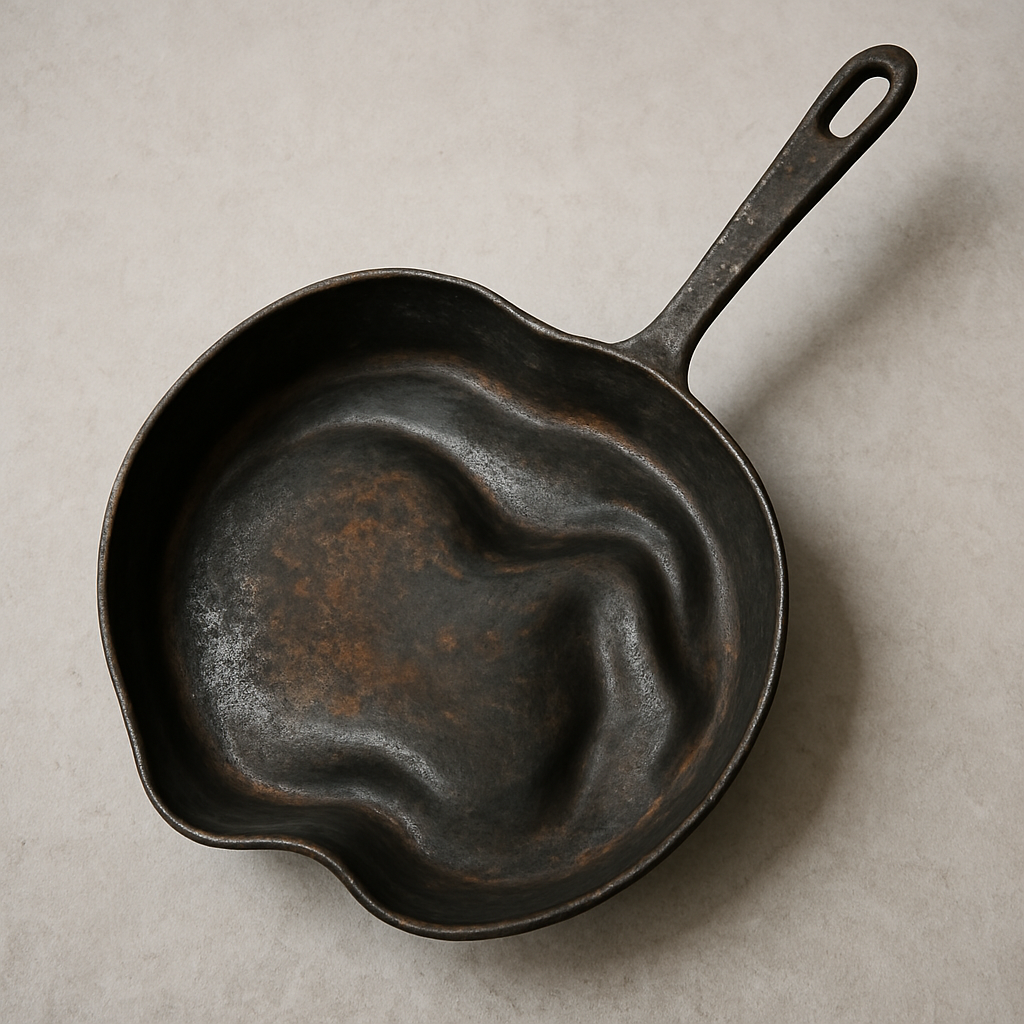
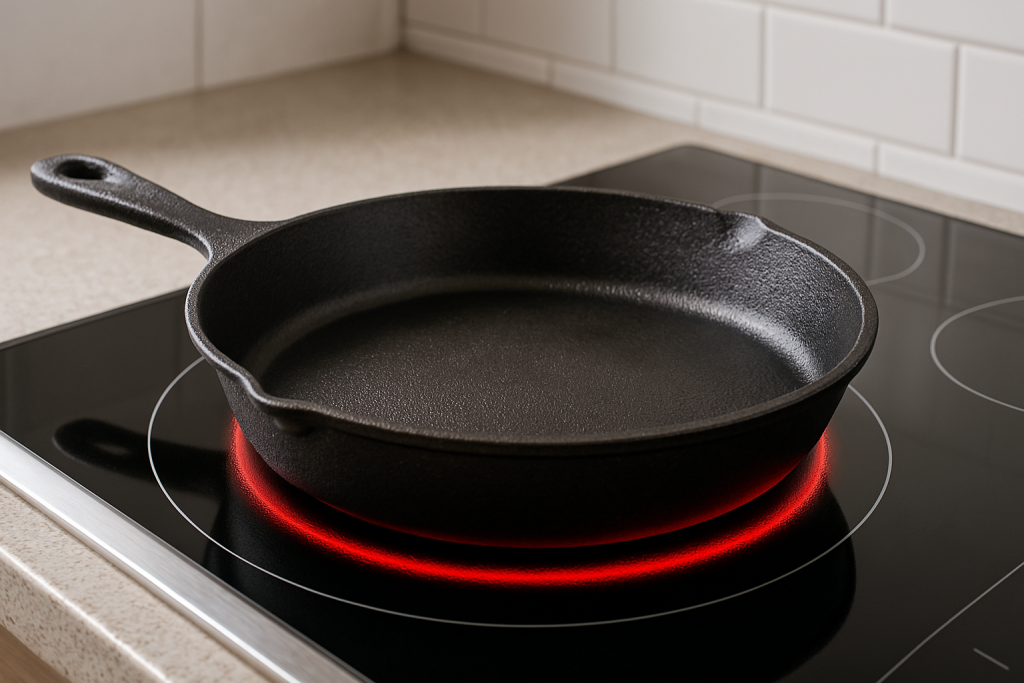
Leave a Reply